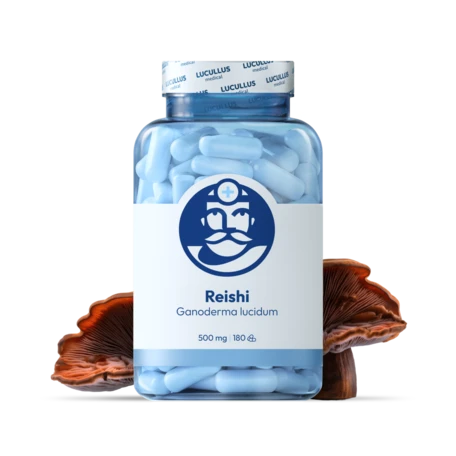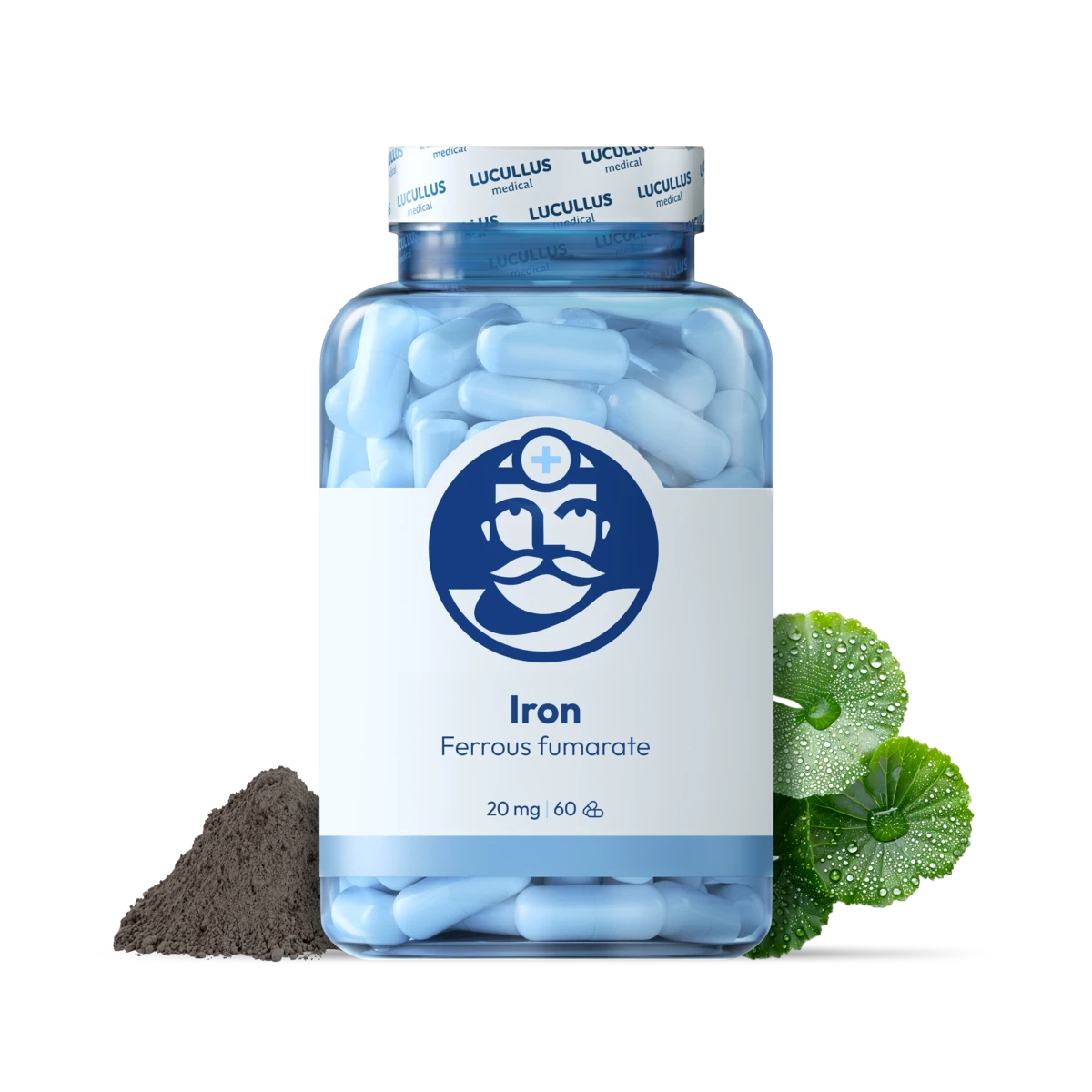
Iron - the secret of your health and energy
Imagine your body as a factory working at full capacity, providing energy, growth, and cell repair, with iron as the fuel that keeps it running. If iron reserves are depleted, you immediately feel tired, weak, have heart palpitations, or paler skin. Other symptoms of iron deficiency include brittle nails, dry hair, shortness of breath, sleep problems, reduced concentration, cold extremities, increased susceptibility to infections, and anemia (a lack of red blood cells caused by too little iron in the body) manifesting as extreme fatigue. In anemia, the body is not adequately supplied with oxygen and tires quickly. A signal of iron deficiency may also be bruising, as this mineral plays an important role in the production of hemoglobin, which supports the proper function of platelets.

Tribulus - testosterone booster
Tribulus terrestris is a small unobtrusive plant with yellow flowers, essentially a weed that has spread from China and Japan all over the world. Today it is even cultivated in gardens for its effects on the human body. It is recognized by Ayurveda and ancient Greek medicine. Abroad, it is known by names such as: goat's head, devil's thorn, burra gokharu, and in Ayurveda as gokshura. It has been used for centuries as a miraculous remedy for infertility, impotence, and erectile dysfunction. It is simply a testosterone booster!

Reishi - the mushroom of immortality
Reishi, a mushroom used for over 4000 years. The divine mushroom of immortality - in the past, it was believed to revive even the dead. It holds its significant place especially in Chinese medicine (under the name lingzhi), where it was mentioned in writing as early as 200 BC. Entire armies were designated to search for it, as the Chinese imperial court believed it could be used to concoct the elixir of immortality. The Slovak name might not tell you much - Leskokôrka brown-red, is actually a wood-decaying parasitic mushroom, living mostly on injured trees. It has a vast spectrum of biologically active substances. Its effects are also described in the professional encyclopedia Mushrooms as medicine.

Surprisingly Resilient Maca - Peruvian Cress
This remarkable plant (Lepidium mayenii) from the Peruvian Andes, where it is grown at extreme altitudes (4000 m a.s.l.). It is incredibly resilient and can survive and grow in conditions where most other plant species would not survive, such as low temperatures, strong winds, and intense UV radiation. Its ability to adapt to harsh environments enriches it with nutrients and substances that positively impact the human body, enhancing resistance to both physical and mental stress.

Milk Thistle and Liver
If you're active on social media, the term Milk Thistle is probably already familiar to you. It's a phenomenon of the year 2024, with adverts for this "miracle herb" everywhere. Unlike other dietary supplements, there is no one who doubts the effects of this plant. Opinions only differ on individual products and their processing methods. So what is the miracle of this thistle?

Omega 3 protects your cardiovascular system
In every old movie, there's a scene where grandma or grandpa makes little children drink a spoon of fish oil every morning. The children hate it; it tastes horrible. "But you'll be healthy!" - say the caring grandparents. Where did this come from? Well, it's still valid, except science has managed to turn miraculous fish oil into "ordinary" tablets or extracts with a more normal taste.






























